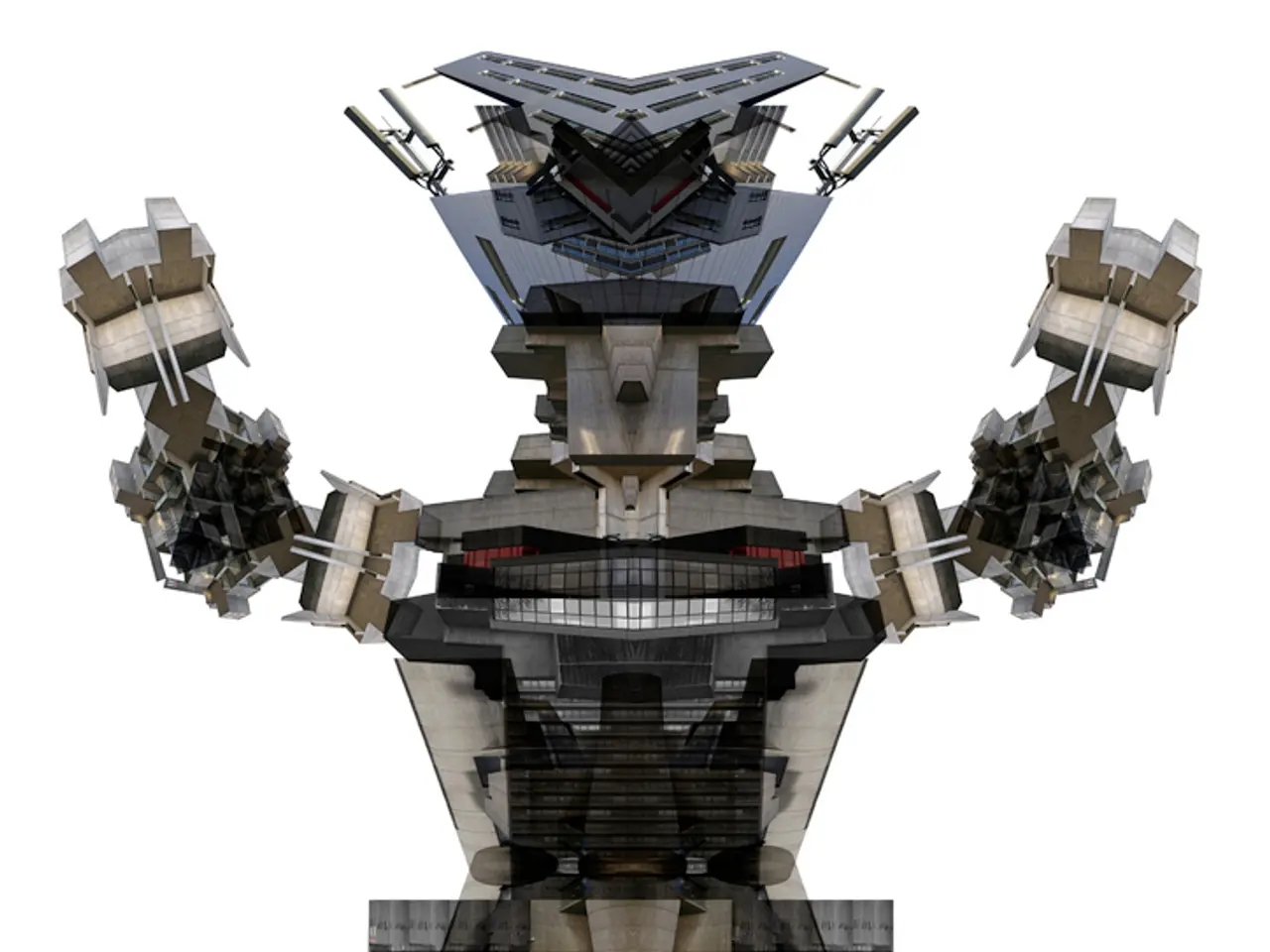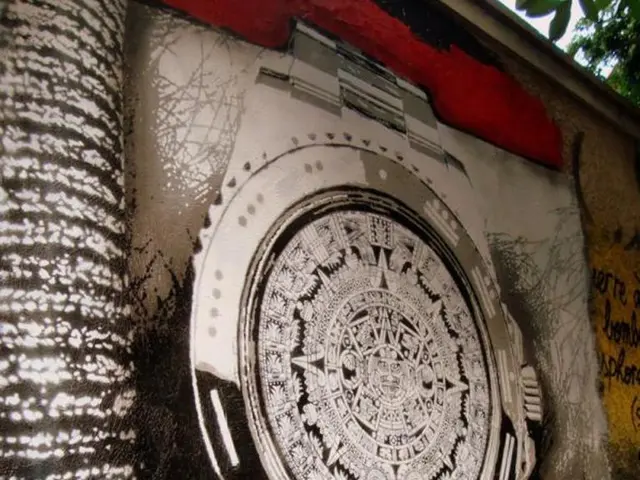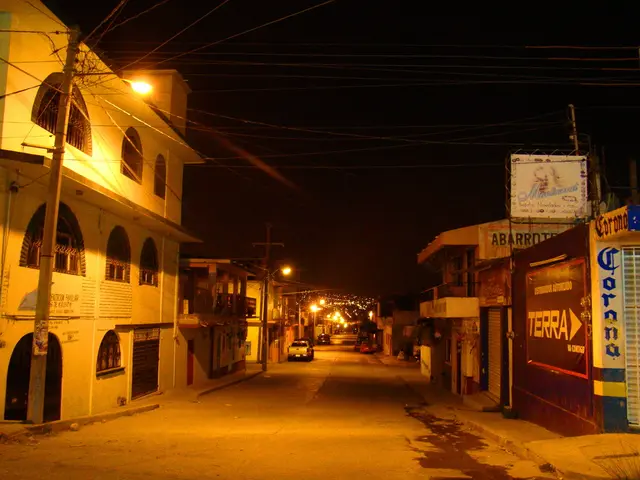Enhancements Needed in Existing Architecture for Robots, Study Reveals
In the dynamic world of technology, researchers at the Singapore University of Technology and Design (SUTD) are making strides in developing a cost-effective and efficient method for testing robot interactions with built environments. The digital twin approach, initially used in telecommunications, is now being adapted to robotics, offering a significant advantage in the field.
A digital twin is a virtual replica of a physical system, environment, or process, contextualised in a digital version of its environment. In the context of robot-environment interaction studies, this means that researchers can simulate various robot behaviours, navigation strategies, and real-time responses to environmental changes without the need for expensive hardware in physical spaces.
This innovative approach offers several key advantages. Firstly, it drastically reduces the need for costly prototypes and physical lab space. Secondly, it allows for rapid iteration, multiple parallel experiments, and easy integration of new variables or scenarios. Thirdly, it eliminates the risk of physical damage that comes with traditional testing methods. Lastly, it provides a high potential for integration with AI, analytics, and simulation, enabling advanced scenario modelling, predictive analytics, and robust validation before real-world deployment.
Associate Professor Mohan Rajesh Elara from SUTD, the lead researcher on this project, aims to use this method to improve design guidelines for built environments to accommodate the use of robots in urban applications like logistics, cleaning, and building maintenance. The research focuses on improving the accessibility of mobile robots within built environments.
In a recent case study, four different cleaning robots were tested in six different environments that adhered to Accessibility Design Guidelines using digital twins. The study was divided into three phases: documentation, digitisation, and design analysis.
As more robots are integrated into everyday life, the need for efficient and cost-effective testing methods becomes increasingly important. The digital twin approach, with its potential for rapid prototyping, scalability, and integration with AI and simulation, is set to play a significant role in shaping the future of robotics and built environments.
References: [1] Rohde & Schwarz. (2024). [5G Satellite Technology Demonstration](https://www.rohde-schwarz.com/us/en/news/rohde-schwarz-and-partners-successfully-demonstrate-5g-satellite-communications-with-rohde-schwarz-satellite-terminal.html). Retrieved from https://www.rohde-schwarz.com/us/en/news/rohde-schwarz-and-partners-successfully-demonstrate-5g-satellite-communications-with-rohde-schwarz-satellite-terminal.html
[2] Kang, H., & Ahn, S. (2023). Integrating Digital Twin Technology with AI and Robotics Simulators for On-Device Performance Analysis. IEEE Transactions on Robotics. doi: 10.1109/TRO.2023.3214100
In the pursuit of advancing robot-environment interaction studies, researchers at SUTD aim to apply artificial intelligence to digital twin models, enhancing the simulation capabilities for testing robot behaviors in various housing structures. This integration could lead to improved design guidelines for urban applications, helping to make cities smarter and more robot-friendly.
Furthermore, the digital twin approach, combined with AI and simulation, offers an opportunity to optimize housing layouts for seamless robotnavigation and operation, ultimately revolutionizing the way we design and maintain our urban environments.




